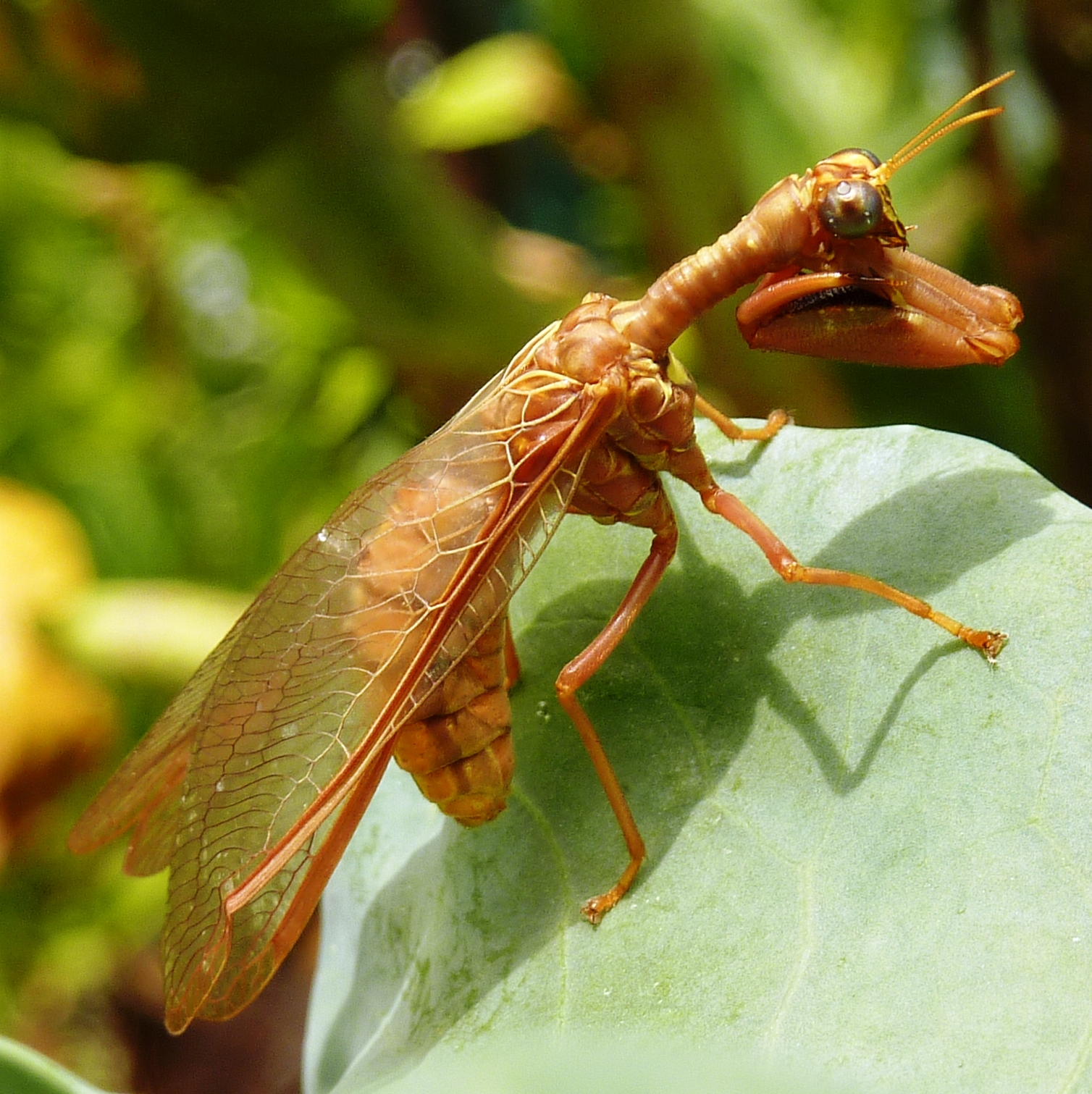There is so much biomass in Orange Lake, primarily in the form of submerged aquatic plants. Yesterday I mentioned hydrilla, and it is indeed dominant, but there is also milfoil, elodea and bladderwort. The latter was blooming today, small yellow flowers, not many of them. This pic gives you an idea of the density of the submerged plants occupying most of the lake:

Such vegetation adds drag to the canoe, making paddling harder but admittedly only by a few percent. To that, however, add the friction from the water lilies and lotus that often must be plowed thru, and paddling gets a little strenuous at times. The yellow water lilies, or bonnet (Nuphar advena), are the worst. Bonnet’s above-water surfaces are turgid and rubbery, making its dense leaves “grab” the canoe’s smooth fiberglass hull.
Another important biomass component is the wide band of floating plants that grow out over the water from the marsh edge. Frog’s-bit and split leaf pennywort form a thin edge at the outer boundary of the mat:

This floral fringe can be up to 150 ft wide altho is usually more like 50 ft. As I paddle along its edge, I imagine submerged alligators lurking under the floating mat waiting to rush out and attack unsuspecting prey as it comes swimming or floating by. I watch the water.
Floating islands and floating chunks of peat are everywhere in the “shallows.” This lake is famous for its floating islands. My first stop at Redbird Island was at a floating peat island only about 20 ft by 30 ft in size. It supported a few coastal plain willows, shrubby, brittle little trees that contained the remains of about a dozen foot-wide stick nests:

Redbird Island is hardly a real island, being a floating marsh with several small to medium-sized floating peat islands embedded peripherally. I do not know how all this floating vegetation and peat is anchored, whether there is solid ground in there or it is just a hill of peat all the way down. Ditto Bird Island.
McCormick Island has a wide band of floating marsh ringing it on the north and west sides where I paddled. Fortunately, I found a place where the band narrowed and I was able to hop off onto a grounded peat island-cum-peninsula. I threaded my way thru thick stems of dogfennel and willow, and then a band of blackberry, to reach the island proper. Breaking thru the brush barrier and into the open shaded cypress forest was a relief.
I got a good first cursory look today at the three islands, and would like to return at least to McCormick Island for a more thorough exploration.
Anybody have any idea what kind of sampling device this is? I spotted two of them along the way. Of course, I did not mess with them:


I love the nature and your photos are so beautiful, have you something about lots for sale in Costa Rica , thanks for your help!
ReplyDelete